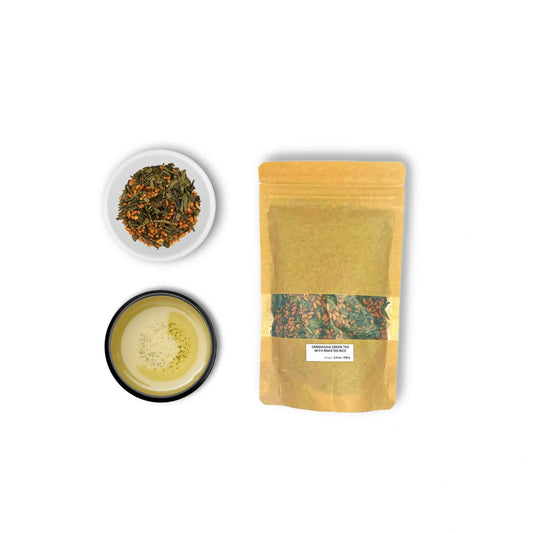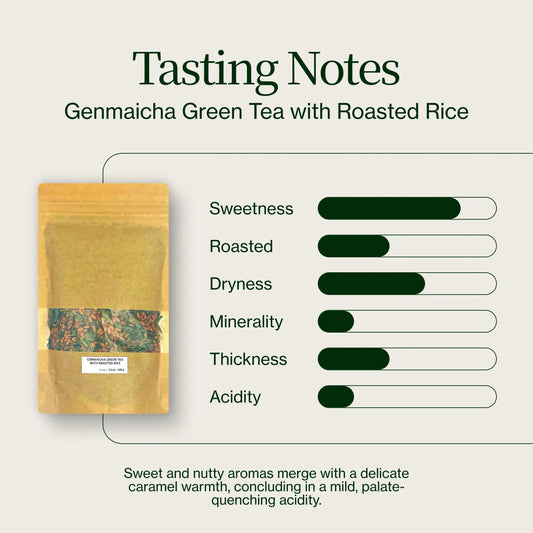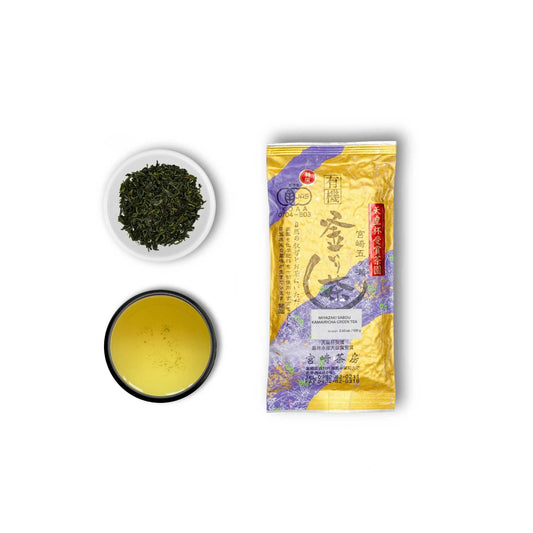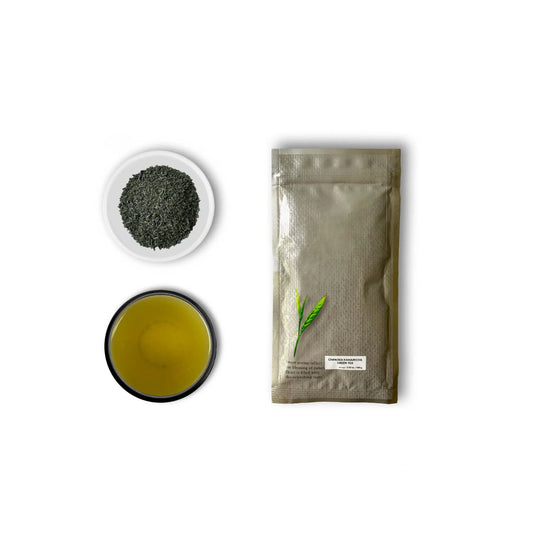-
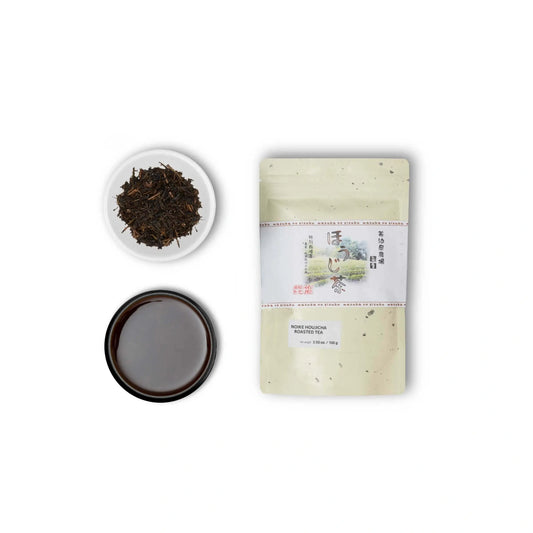
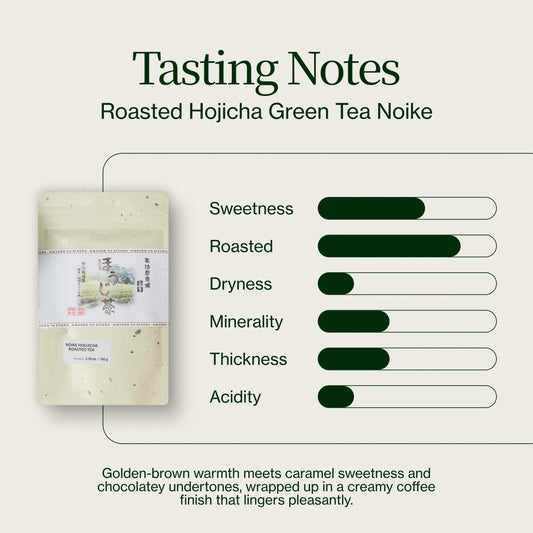 On sale
On saleRoasted Hojicha Green Tea Noike
Regular price From $16.10Regular priceUnit price per$23.00Sale price From $16.10On sale -
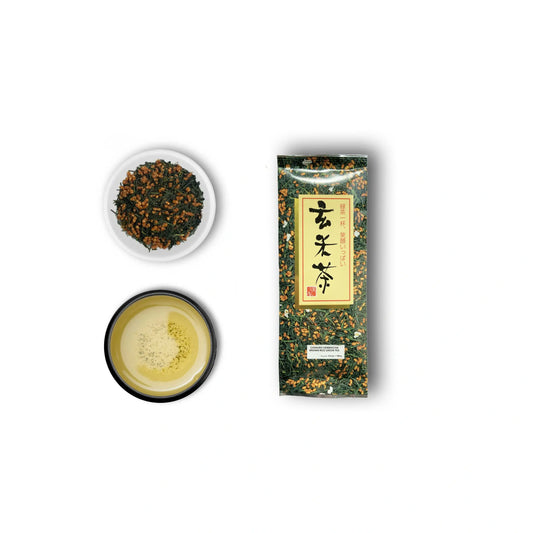
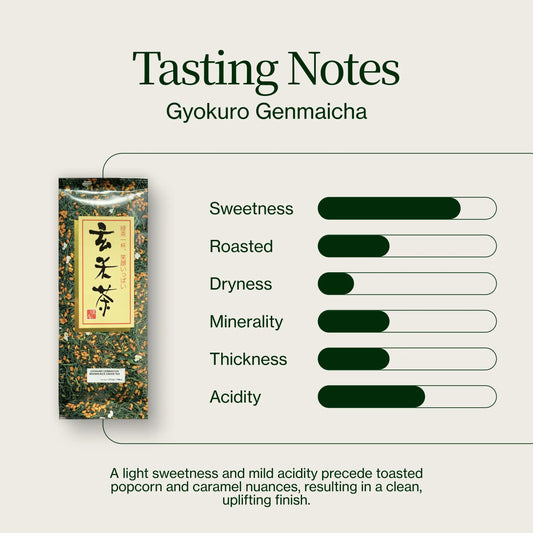 On sale
On saleGyokuro Genmaicha
Regular price From $12.65Regular priceUnit price per$13.80Sale price From $12.65On sale -

 On sale
On saleHojicha Powder
Regular price From $12.65Regular priceUnit price per$23.00Sale price From $12.65On sale -
Genmaicha Green Tea with Roasted Rice
Regular price From $12.65Regular priceUnit price per$23.00Sale price From $12.65On sale -

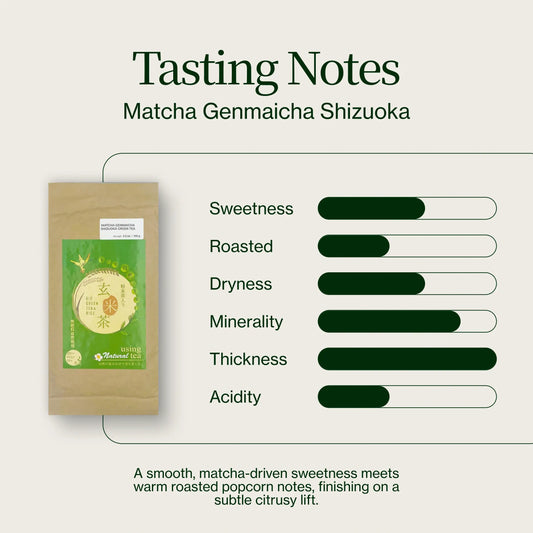 On sale
On saleMatcha Genmaicha Shizuoka
Regular price From $17.25Regular priceUnit price per$27.60Sale price From $17.25On sale -
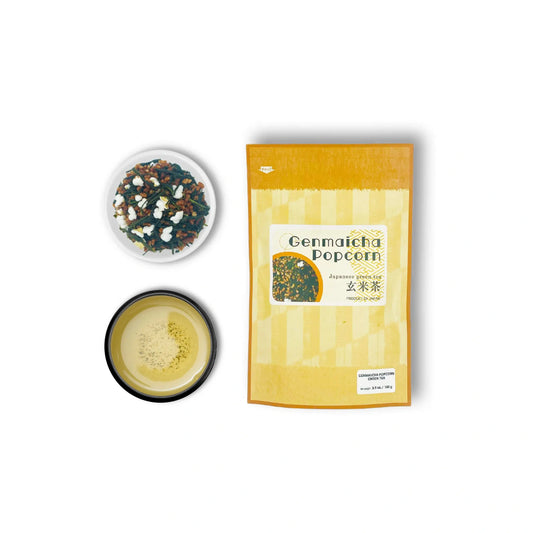
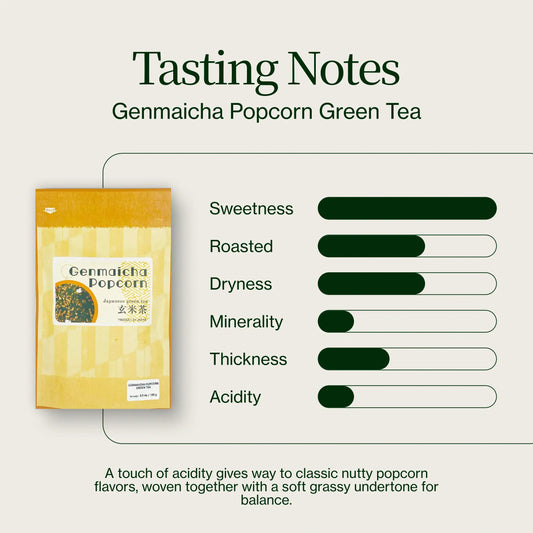 On sale
On saleGenmaicha Popcorn Green Tea
Regular price From $12.65Regular priceUnit price per$17.25Sale price From $12.65On sale -
Pan Fired Kamairicha Miyazaki Sabou
Regular price From $29.90Regular priceUnit price per$37.95Sale price From $29.90On sale -
Chanoka Kamairicha Loose Leaf Green Tea
Regular price $33.93Regular priceUnit price per$65.55Sale price $33.93On sale
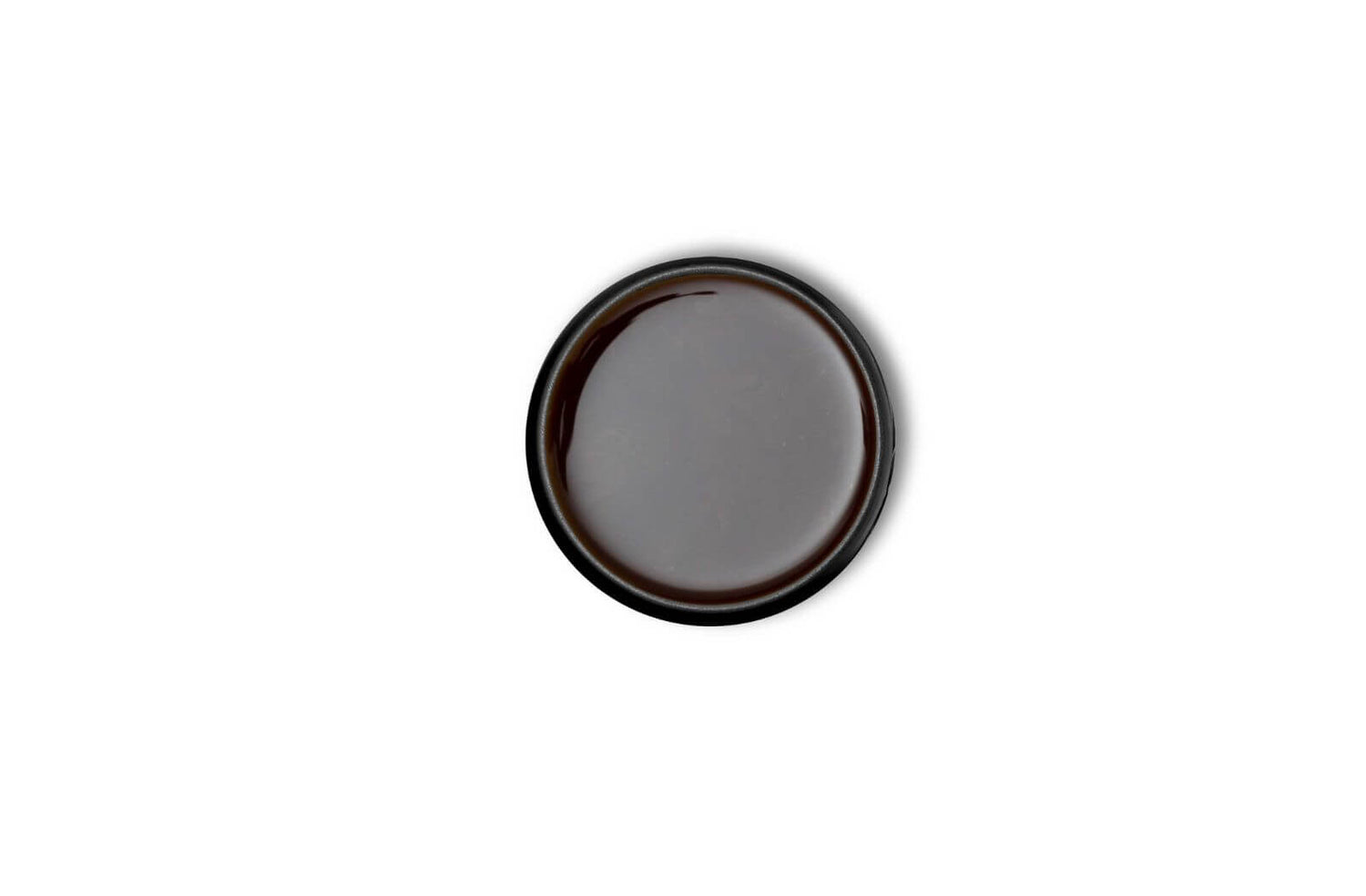
What is Japanese roasted tea?
Japanese roasted tea refers to a few different types of green teas that are roasted during the production process. In this category, we like to include hojicha, a fully roasted green tea, kamairicha, a partially roasted green tea as well as genmaicha, which is unroasted, but it contains pieces of roasted rice, which give it similar taste characteristics.
-

Our Japanese roasted teas are exclusively sourced from small farms in Japan
After traveling around Japan for the past few years, we have met with dozens of farmers and tasted quite a few roasted teas. We have selected just a small handful of our favorites to share with you.
-

Our roasted tea is 100% pesticide free
When we source Hojicha, Kamairicha, Genmaicha or Kuki Hojicha, we make sure to only work with farmers that produce a pure tea without pesticides. When we visit the tea fields, we like to see all the steps farmers take to not only produce great tasting Japanese roasted tea, but also do so without harming the local ecosystem. These pesticide free roasted teas fields are abuzz with activity, with different types of insects, birds and even mammals making themselves feel at home between the rows.

Differences between roasted tea vs normal tea
During the roasting process, the roasted tea leaves transition from a bright green to a dark brown color. The liquid of the roasted tea vs normal tea is also changed. Instead of this bright yellow or green color, roasted teas take on an orange to reddish brown color.
Types of Japanese Roasted Teas
As we mentioned before, there are 3 different types of teas we refer to as Japanese roasted tea. Let’s cover them in a bit more detail.

History of Japanese roasted tea
The history of Japanese roasted tea dates back to just the 20th century. Tea merchants in Kyoto wanted to find a use for the older leaves and stems of the tea plant that they couldn’t sell in sencha. They found that when you made a tea with roasted tea leaves, it mattered much less what kinds of tea leaves you used. This roasted tea soon became very popular all around Japan, with people celebrating the warmer, chocolaty taste characteristics of the tea, particularly in the colder months.

Japanese Roasted Tea production
There are 2 main way to produce roasted tea. The first method involves a roasting machine that turns around, tumbling the leaves over heat and making sure they all have an even roast. The other, more traditional method of producing roasted tea is by turning the leaves in a pan. This method is done at the tea farm of Mr. Issin, in the same pan used to produce Kamairicha.

Does Japanese roasted tea have caffeine?
Another major difference of roasted tea vs normal tea has to do with the caffeine content. A slight amount of caffeine is removed during the roasting process, but because older leaves and stems are more common to use in roasted teas, these tend to be very low in caffeine. This means that you can drink roasted tea later on in the day without being kept up at night.
Frequently Asked questions
Need help? We've Got Your Covered…
Delivery
We offer free worldwide shipping options to all of our customers all across the world. On the larger orders, we also provide free express shipping, which can arrive in just a few days. If you need your roasted tea urgently, please be sure to select the faster shipping option at checkout, which will be provided either for free or for a reduced fee.
Teas and Teaware
If you have any questions about our japanese roasted tea, you can ask our customer service team. The best way to reach us is by email, but you can also contact us on social media. We respond to direct messages and comments on Youtube, Tiktok, Instagram and Facebook.
Order issues
While issues with orders are exceedingly rare, mistakes can happen and you may experience a slightly longer wait time due to customs, holiday traffic or weather. We will automatically provide tracking information shortly after you place your order so you can find out where your roasted tea is at all times.
Payments
We are currently accepting payments from all major credit cards, paypal and bank transfer. If you have a question or concern as you are trying to pay for your roasted tea, please feel free to reach out to us and we can try and help resolve it!
Returns & Refunds
While it is rare for someone to tell us they don’t like the roasted tea they received, occasionally it may happen. We want everyone to end up with a tea they like, so we would prefer to send you a replacement tea rather than have you stuck with a roasted tea you don’t like.
There is no need to return the roasted tea to us if you didn’t like it, just keep it and share it with someone who would appreciate it! Feel free to contact us via email or reach out on social media and we can help to solve whatever issue you might have with the tea you ordered!







